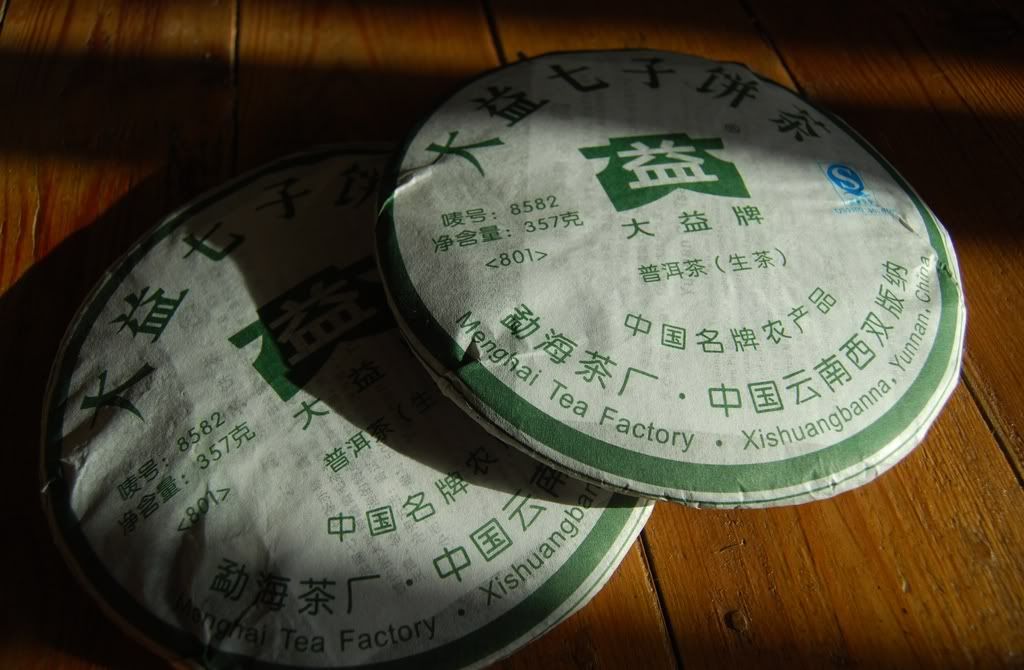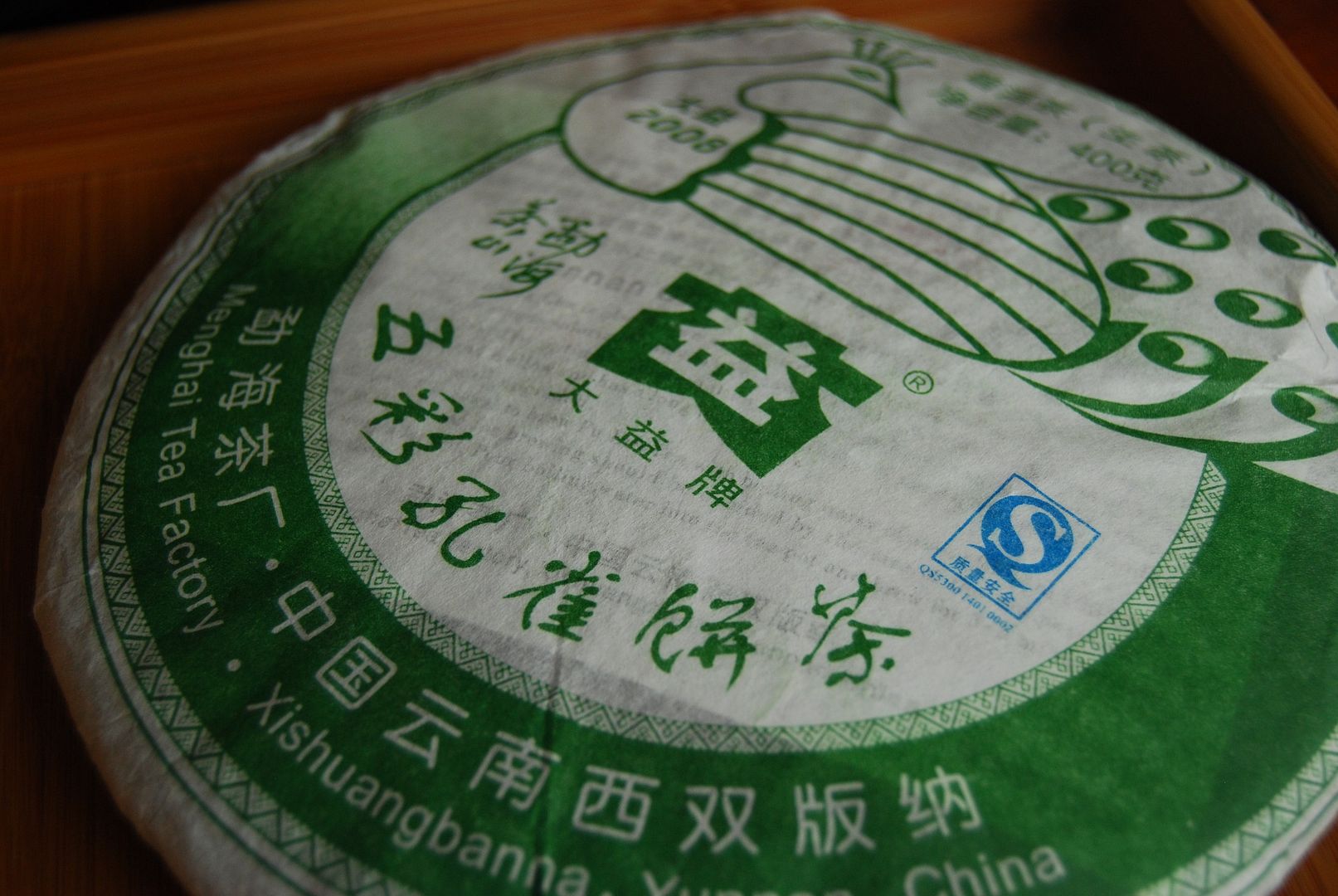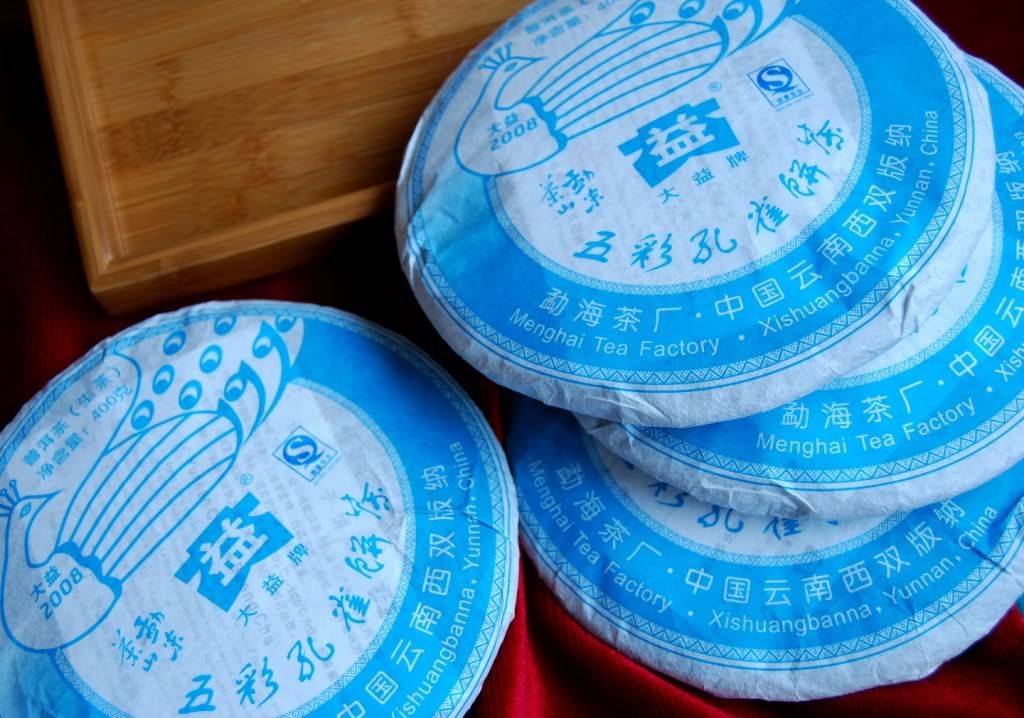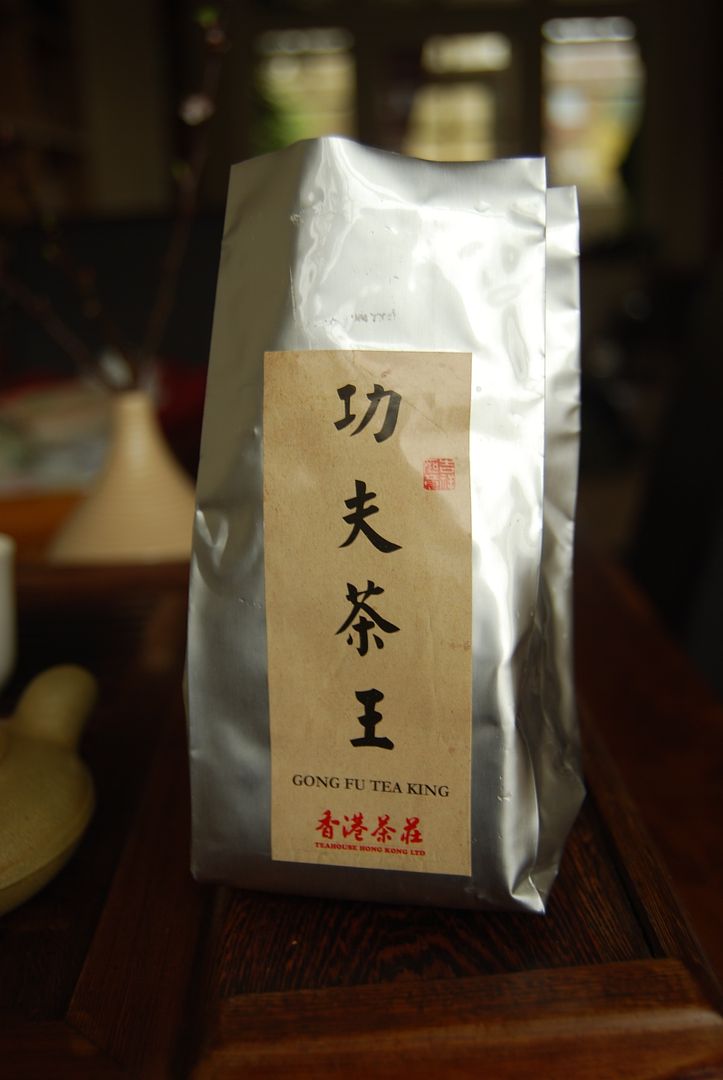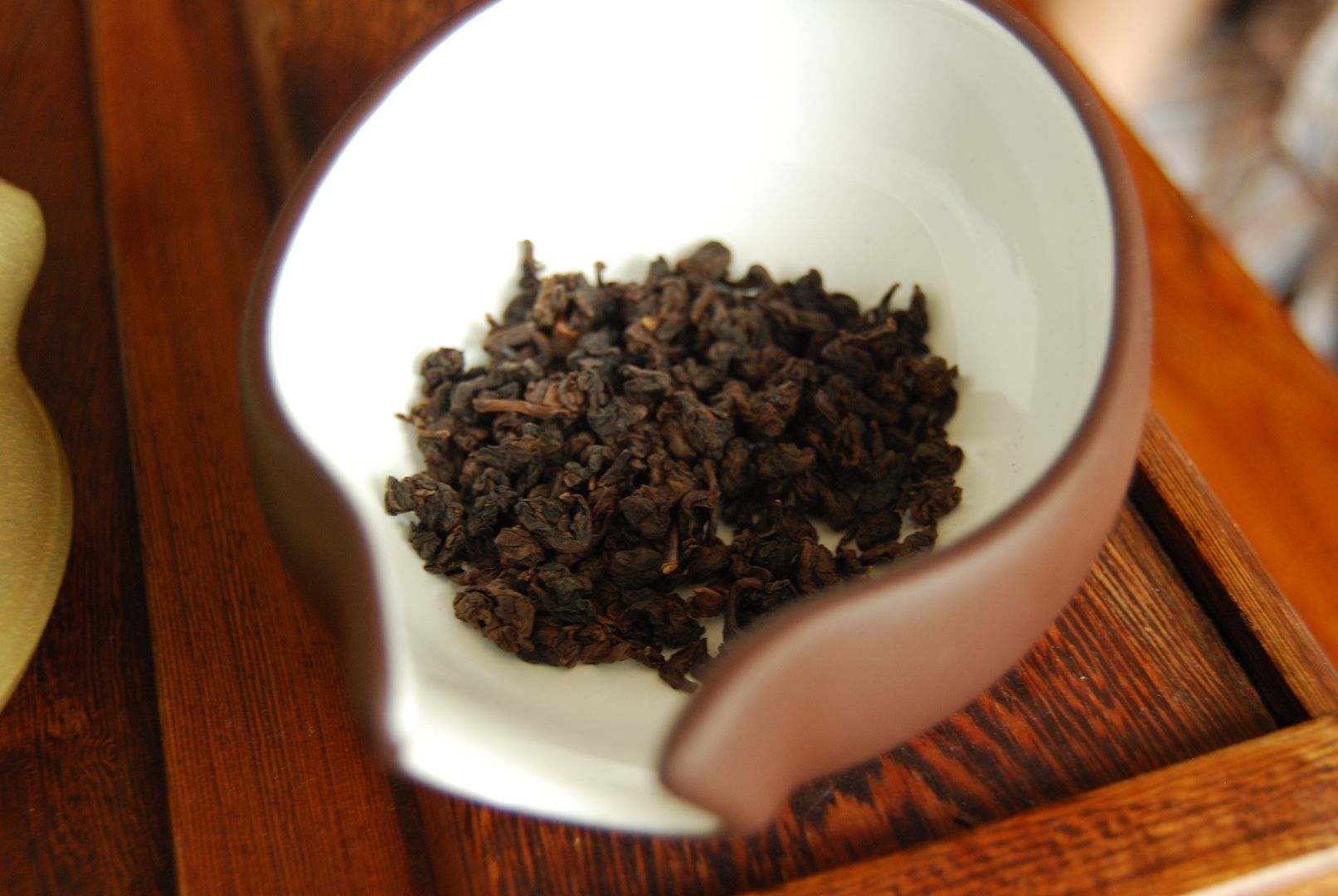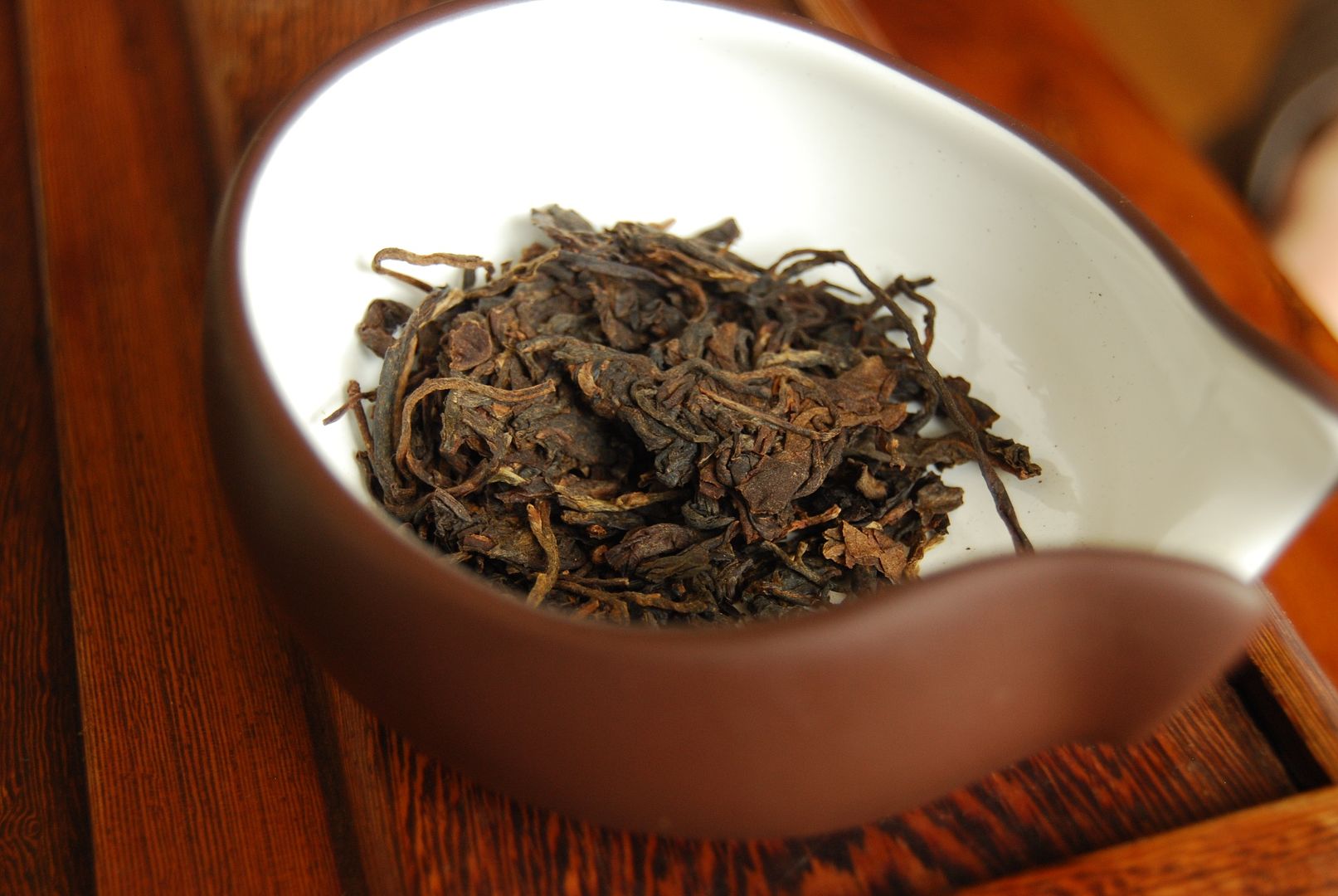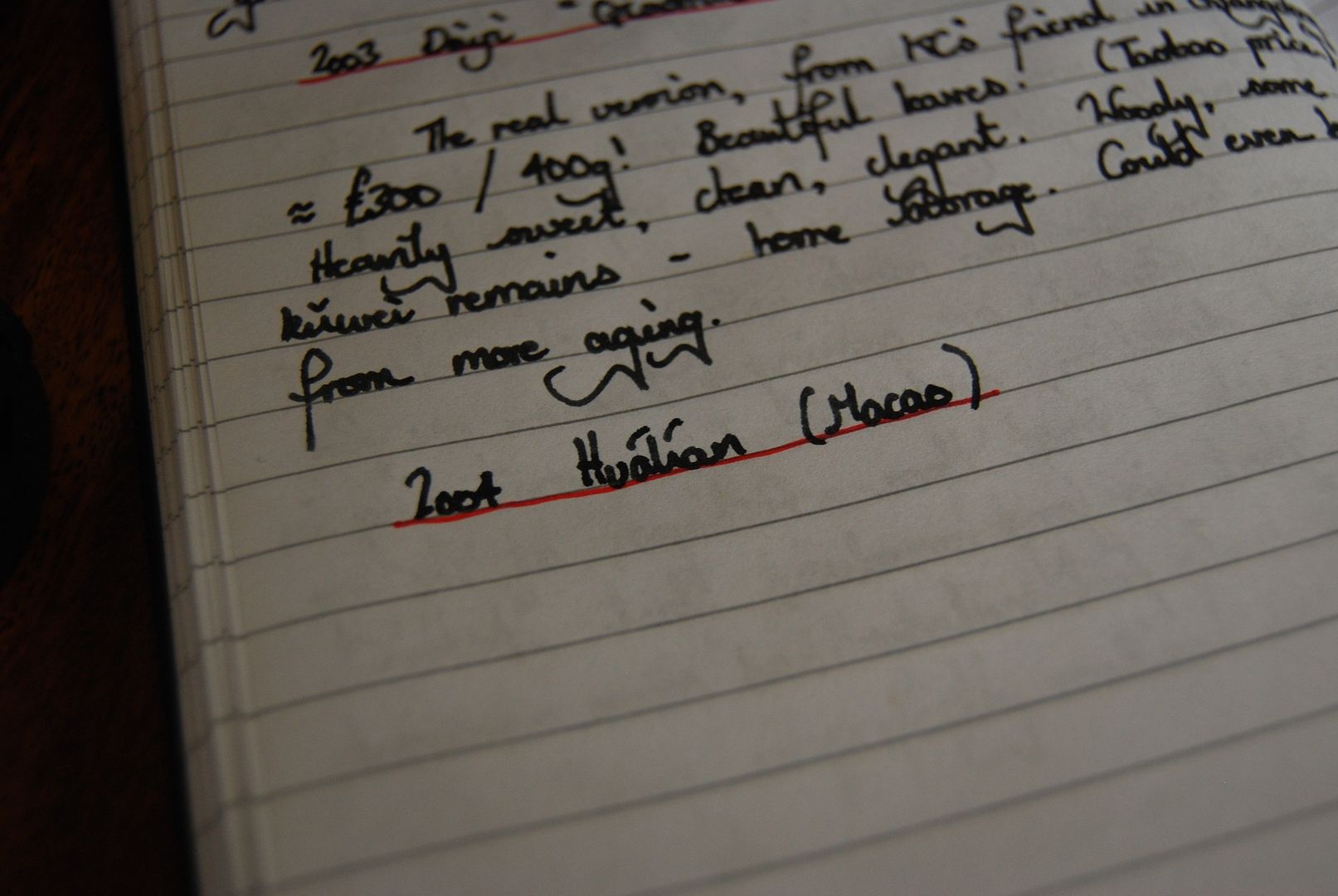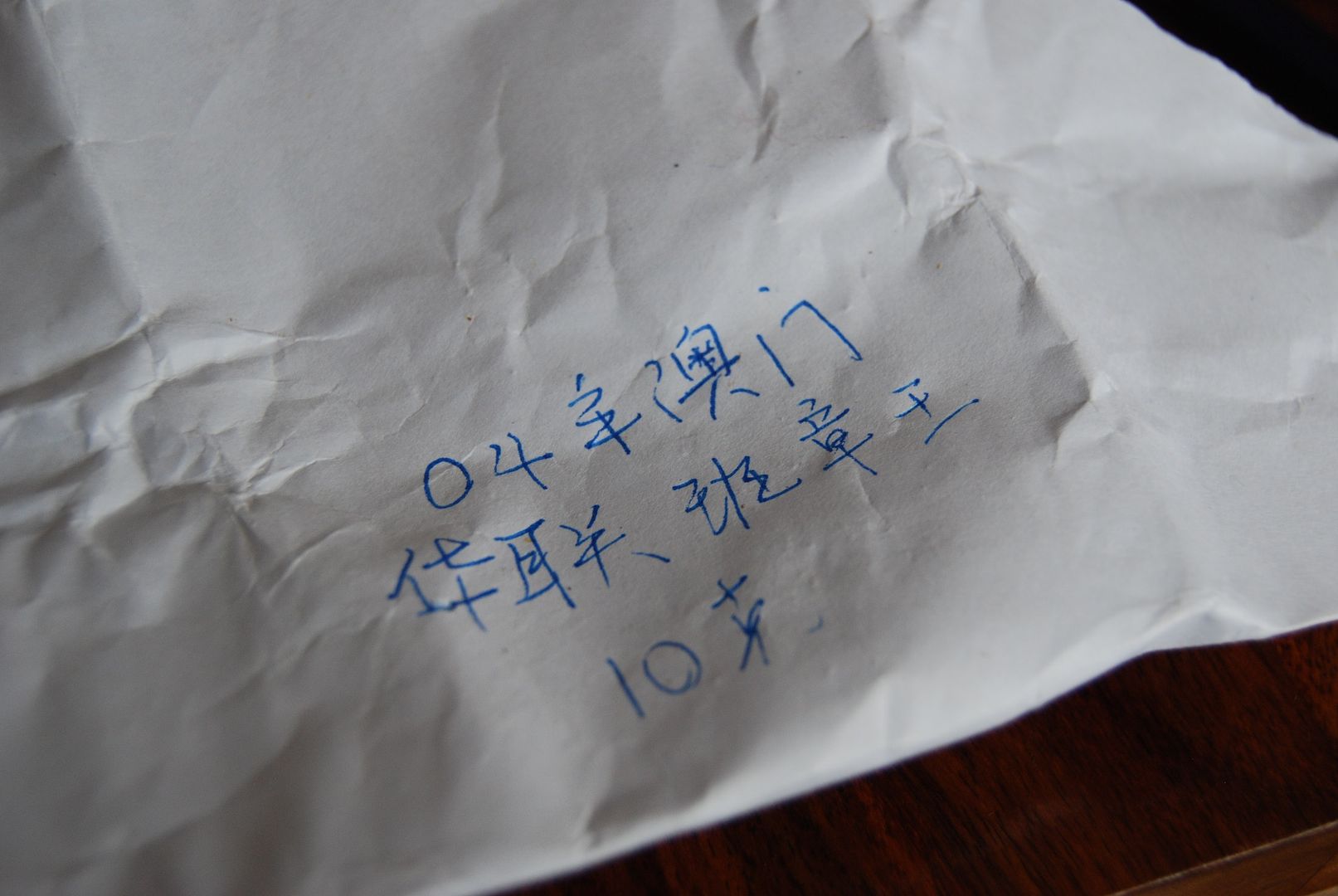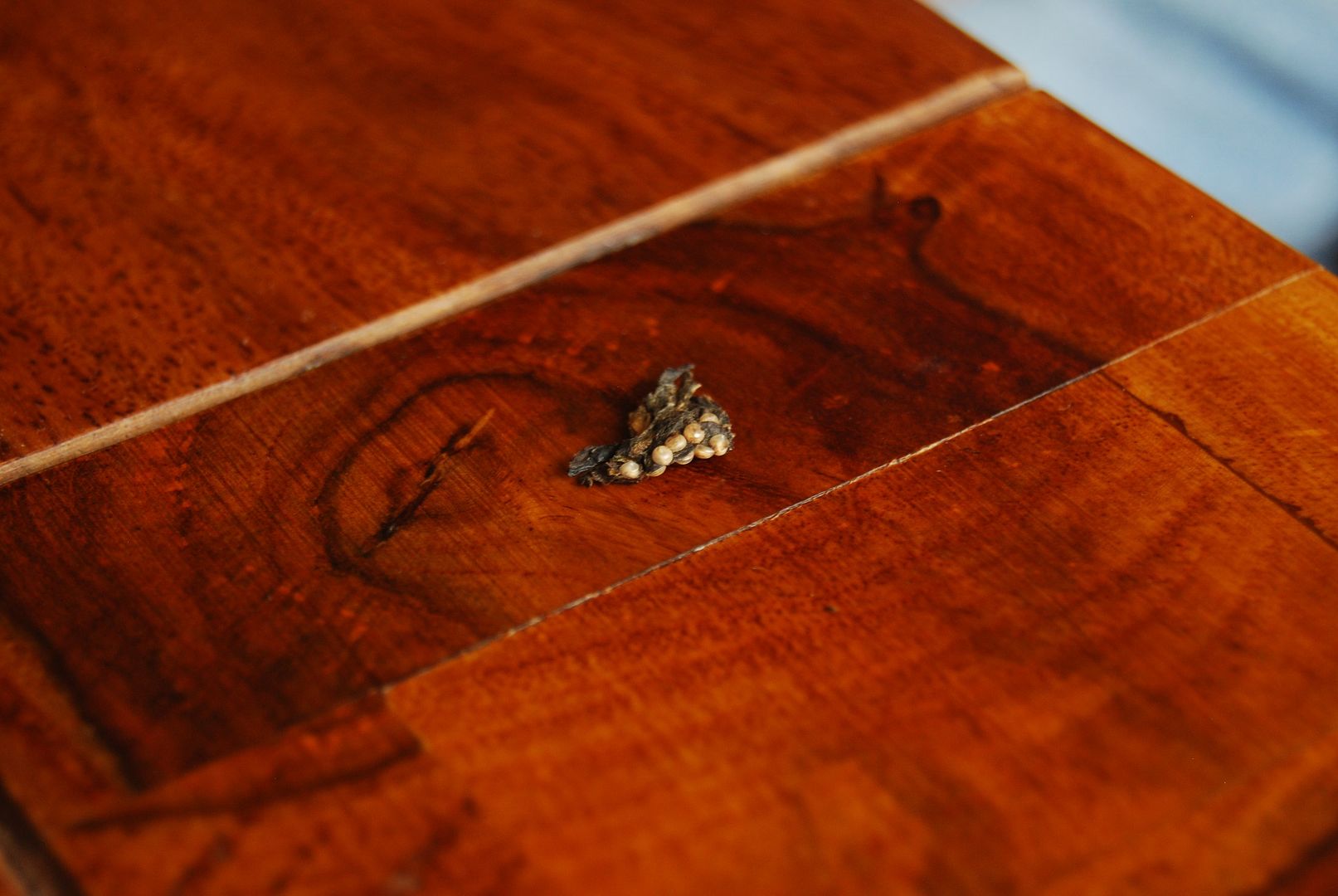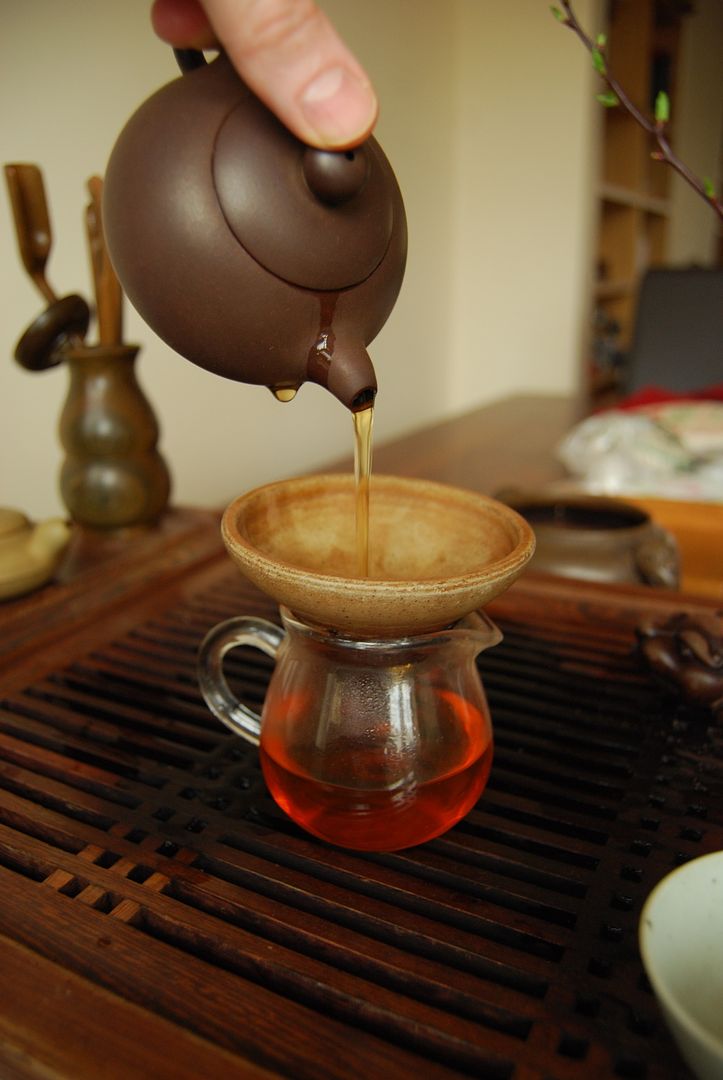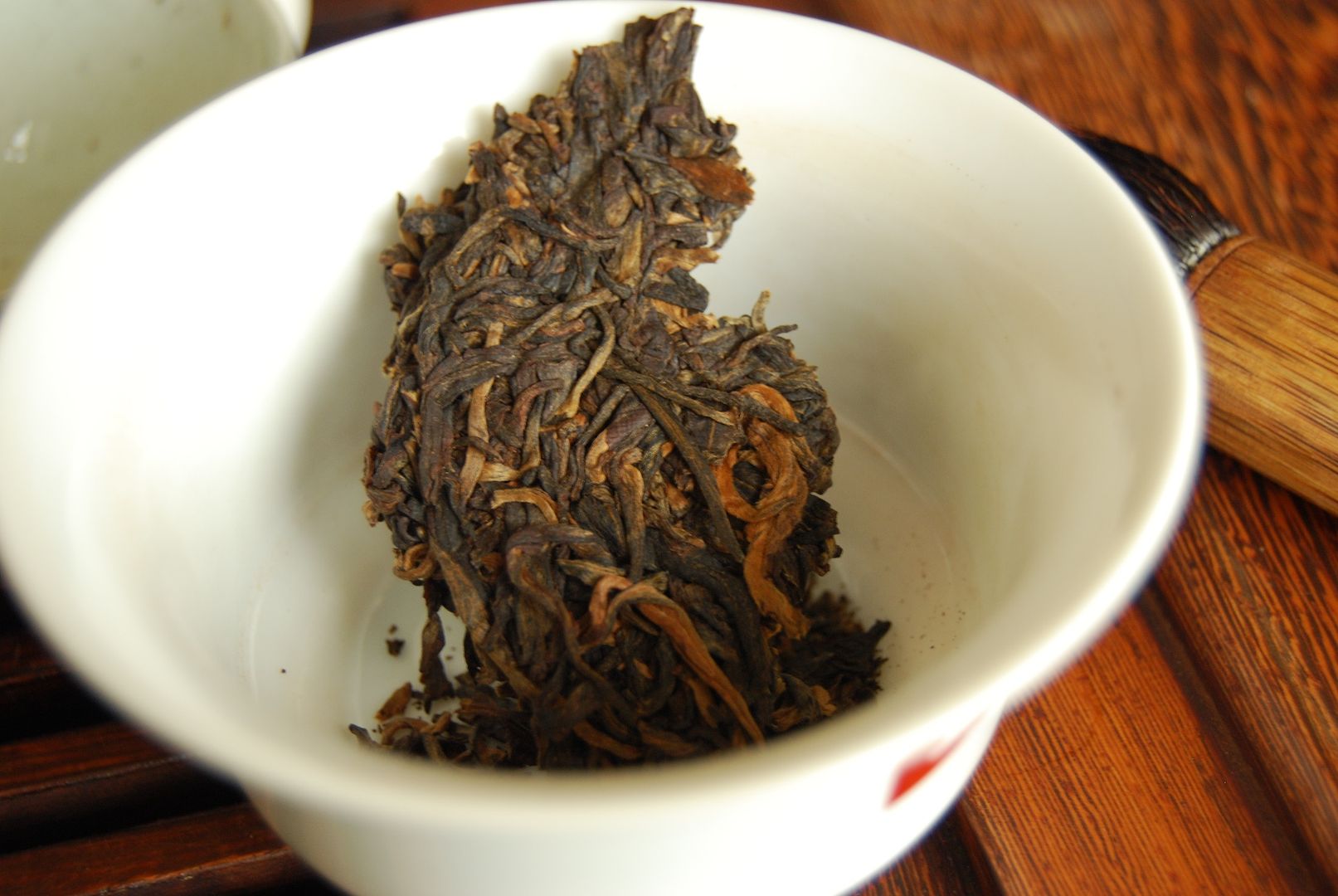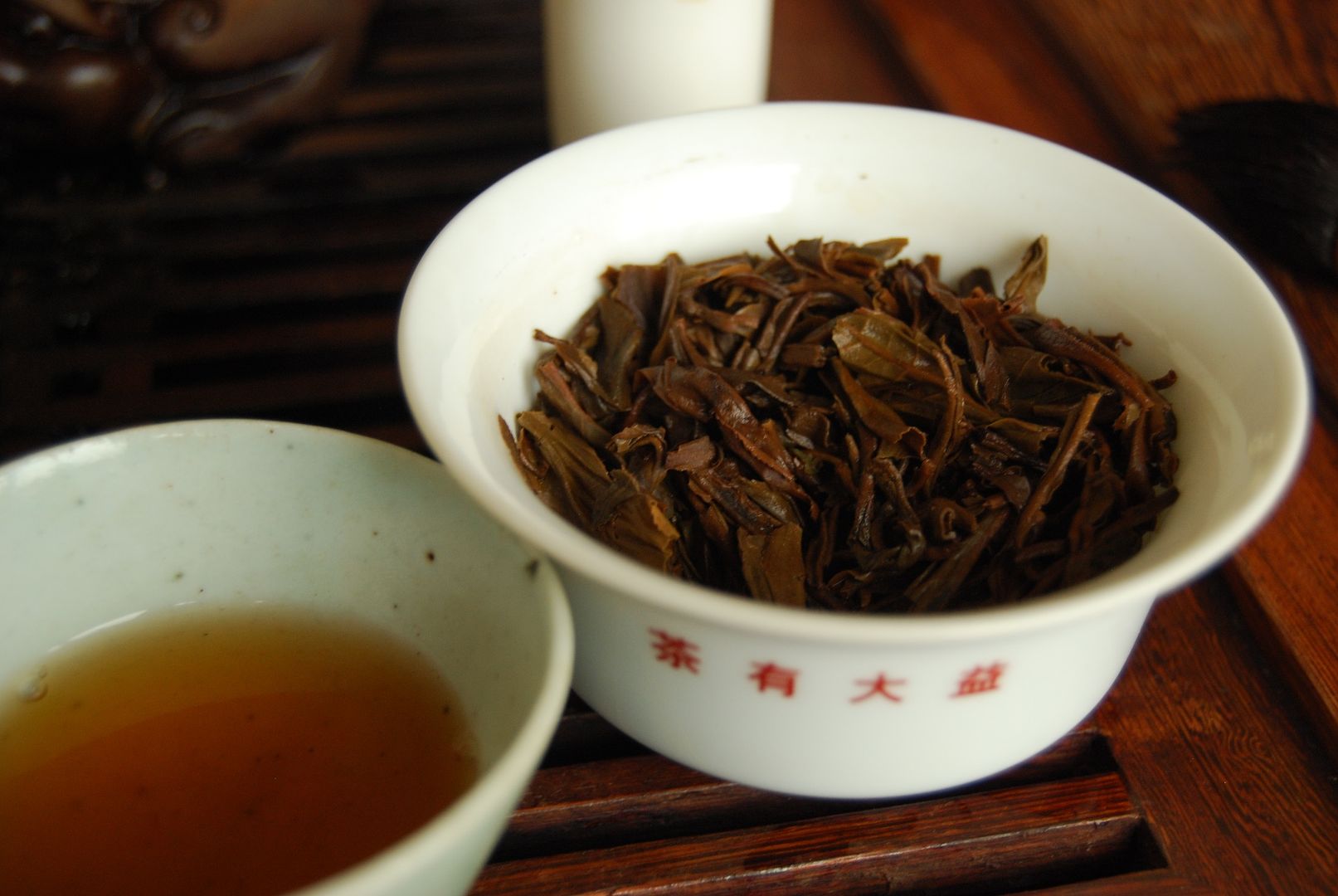ODB: that oh-so-talented member of the Wutang Clan had his good name co-erced into referring to the Baoyan brick, made by Xiaguan, for reasons that may be obvious.
Baoyan is an interesting tea, which became even more interesting recently when we undertook a clinical study in Tibet.
Baoyan is an interesting tea, which became even more interesting recently when we undertook a clinical study in Tibet.
This sample kindly provided by Bannacha
The study was to attempt to drive down hypertension among the Tibetan elderly by (i) reducing salt intake and (ii) stopping smoking. Both of these were very difficult for different reasons: the latter is difficult for everyone, given the addictive nature of nicotine. The former is difficult given that elderly Tibetans love them their Baoyan. The hitch is that they add salt to their Baoyan in huge amounts. Their Baoyan is laden in salt. This causes hypertension, and leads to unpleasant consequences that we and they would like to avoid.
The manner in which removing the salt was achieved was interesting: Tibetan households in the villages that we studied typically had a large container of Baoyan bubbling away from the start of the day, to which copious salt was added. We simply provided a second container, to sit next to the salt-laden container, which contained no salt.
It took some acclimatisation, but arguments about long-term health generally seem to have overcome the obstacles provided by habit and culture. In my opinion, the removal of the salt also improved the taste of the Baoyan.
It took some acclimatisation, but arguments about long-term health generally seem to have overcome the obstacles provided by habit and culture. In my opinion, the removal of the salt also improved the taste of the Baoyan.
Baoyan (approx. "holy flame" in the Tibetan sense) is undeniably rough, hence the moniker ODB. However, like the ODB himself, it is innately appealing and tremendously enjoyable. Zillions of Tibetans cannot be wrong. (I am unsure of their opinion of Wutang Clan, however.)
I have previously tried the version from 2001, preceding this 2002 version. In that article, I compared bricks brought from skip4tea (Malaysia) to those from Houde (Texas, USA). Shown above, the leaves of this 2002 look similar to that 2001 version.
I have previously tried the version from 2001, preceding this 2002 version. In that article, I compared bricks brought from skip4tea (Malaysia) to those from Houde (Texas, USA). Shown above, the leaves of this 2002 look similar to that 2001 version.
This is why Tibetans love Baoyan: check ye out the colour of the soup pictured above, and marvel. You can almost taste its hairy, brusque, powdery sweetness, can you not? Its black flavor from mysterious Xiaguan processing. Its creamy texture, its robust kuwei, even now, after 11 years.
While Baoyan leaves are notoriously low in quality, they are a mixed bag indeed: shown below, enormous sections of larger leaves can be found among the black mulch.
Here's to more studies in Tibet.
While Baoyan leaves are notoriously low in quality, they are a mixed bag indeed: shown below, enormous sections of larger leaves can be found among the black mulch.
Here's to more studies in Tibet.
With my desire for rancid darkness sated, I turn my attention to another cake from Bannacha: the 2012 Mangjing.
It is possible that this is the cake I drank, if it is the spring version
Mangjing is not a familiar area: it is some short distance away from Jingmaishan proper (in Lancang county of Simao diqu), just to the south of that popular region, but has a characteristic entirely of its own. Mangjing village is populated by the Bulangzu, following a migration some generations ago. WO of Bannacha notes that this cake was made from leaves obtained from old gardens, and produced by one Ai Gong.
The area, like Jingmaishan, is covered in trees with smaller leaves, as pictured above and below. The buttery aroma of immediate youth manages to fight its way through a blocked nose, which is testament to its strength.
Jingmai cakes are usually "nice", in that they are approachable, and famous for their lanxiang [orchid fragrance]. This Mangjing cake is definitely not like that
This is to its credit, in my opinion.
This is to its credit, in my opinion.
This cake is, rather like the ODB, no stranger to a good punch-up. It is aggressive and surly straight off the bat, where as its Jingmai cousins tend to prance around like a ballerina.
Strong and grassy, this cake builds quickly, leaving a rather substantial kuwei [good bitterness] in the throat long after the swallow. The lanxiang is present, far beneath the surface, amusingly enough.
Strong and grassy, this cake builds quickly, leaving a rather substantial kuwei [good bitterness] in the throat long after the swallow. The lanxiang is present, far beneath the surface, amusingly enough.
Drinking this tea is good exercise, both mentally and physiologically. Perhaps it is a mite thin and acidic, but it is definitely great fun and something of a novelty. If you like Jingmai, and are looking for a challenge, this tea looks forward to meeting you.
It might be interesting to see how this tough little beast ages.
It might be interesting to see how this tough little beast ages.











